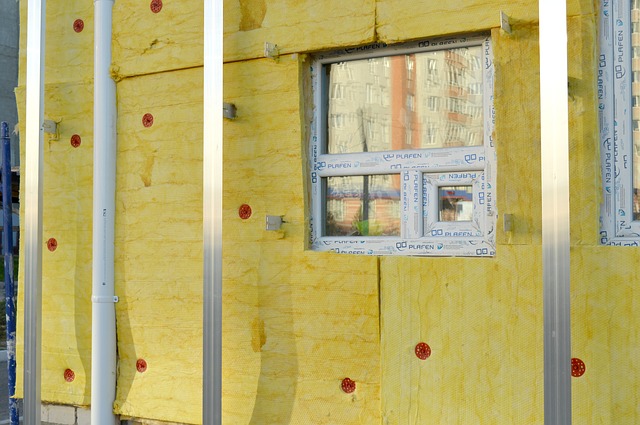It’s no secret that spray foam has increased in popularity ever since it was first introduced in the 1940s. While it was initially used for niche projects like building aircraft, it’s been widely used in both commercial and residential construction projects over the last 3 decades. Because of the many benefits that spray foam offers, it’s been adopted by many industries and has become a staple in the insulation industry along with other traditional insulation materials.
That being said, you may still have lots of questions about spray foam insulation and spray foam contractors Virginia. What exactly is spray foam insulation? Does it follow the latest building codes? Are there different types used for different applications? In this article, you’ll find out more about the fundamentals of spray foam insulation.
What Exactly is Spray Foam Insulation?
Spray foam insulation, at it’s most base level, is a foam insulation that’s sprayed onto a surface. The actual spray is made from a two-part liquid material that will air seal once it is applied to a surface. The two liquids are made up of a resin and an iso and neither are combined until they are used at the commercial or residential job site. Once at the site, there is a heated hose that the liquids will travel through until they get to the spray gun. At the gun, they are combined together to create the foam that you’ve seen. The foam naturally expands and can fill holes in surfaces. The expansion that happens is actually between 40 and 100 times its initial size when being sprayed out.
What are the Different Types of Spray Foam?
Because spray foam insulation has become so popular in recent years, there have been many technological innovations to help push the product even further. This has led to multiple types of spray foam that can be used for different purposes. For most typical residential and commercial projects, closed-cell and open-cell spray foam are used. Closed-cell insulation is typically used on exterior home projects because of its rigidity and high R-value per inch. Open-cell spray is a lower density material that is used more in interior insulation. This helps with moisture management and the drying of the wall. Because of that, open-cell sprays are used in projects that include filling cavities in walls, attics, crawlspaces and more.
If spray foam is used in roofing foam, high-density spray is the type that is typically gone with.







